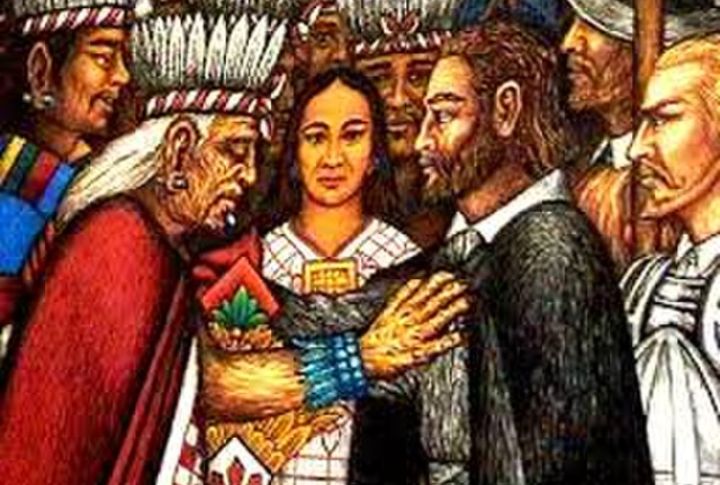
History is full of moments where everything changes in an instant. Civilizations have risen through luck and ingenuity, but others were forever altered by bad decisions, disasters, or misfortune. With that in mind, here are 10 catastrophic events that dramatically changed great societies and left lasting marks on history.
The Fall Of Constantinople

The Ottomans stormed Constantinople in 1453, ending the Byzantine Empire. Their massive cannons shattered the once-impenetrable walls, and the city fell after weeks of siege. With that, the last vestige of the Roman world was gone, and Europe braced for a new era dominated by the Ottoman Empire.
The Black Death Wipes Out Half Of Europe
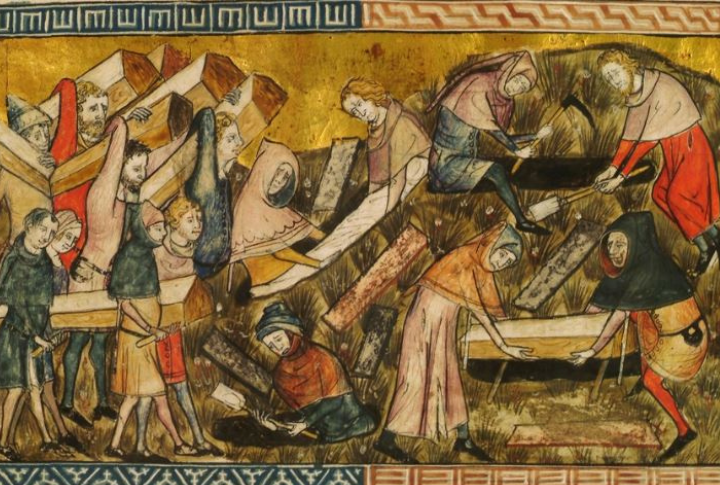
In the mid-1300s, the Black Death tore through Europe, killing millions and severely disrupting economies. Some villages were wiped out. The plague fractured the feudal system, weakened the church’s influence, and reshaped Europe in ways nobody could have predicted. Yet, European civilization endured, adapting to a changed world.
The Opium Wars Cripple China
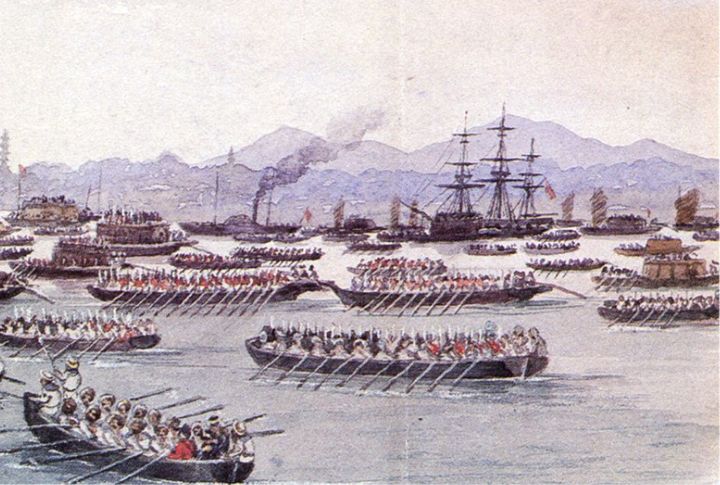
Britain imposed unequal trade agreements on China after the Opium Wars (1839-1842 and 1856-1860), flooding it with opium and undermining the Qing Dynasty. The dynasty’s economic and political power eroded, leaving its people vulnerable to addiction and foreign influence, though Chinese civilization endured, with recovery delayed until the 20th century.
The Assassination That Ended Rome’s Republic
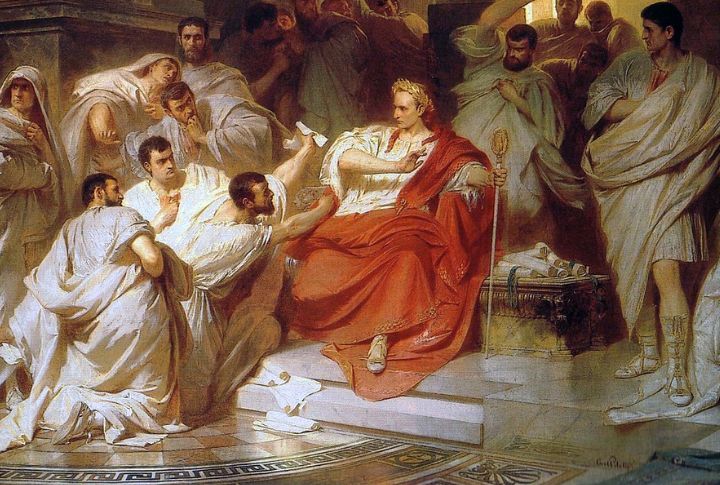
The end of the Roman Republic was marked by Julius Caesar’s assassination on the Ides of March in 44 BCE, a moment that went beyond politics. His death triggered civil wars, paved the way for Augustus’s rise, and transformed Rome into an empire. As a result, the democratic ideals that once defined Rome faded, and absolute rule took hold, forever altering the course of history.
The Day Pompeii Was Buried Alive
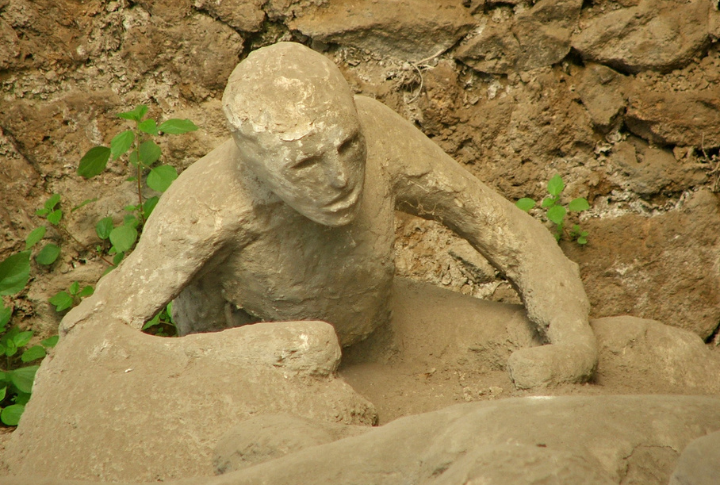
In 79 CE, Mount Vesuvius erupted, burying Pompeii and Herculaneum under layers of ash and killing thousands within hours. This disaster wiped out a thriving Roman city, leaving behind a preserved ghost town that stands as a powerful reminder of nature’s force, while the wider Roman civilization continued to flourish.
The Fall Of The Aztec Empire

The Aztecs controlled a vast empire until Hernan Cortes arrived in 1519. With a mix of advanced weapons, alliances with rival tribes, and smallpox, the Spanish dismantled the Aztec world in just two years. Tenochtitlan, once a marvel of engineering, was reduced to ruins, and a centuries-old civilization disappeared.
The Partition Of India

In 1947, Britain’s departure split India into India and Pakistan. What should have been independence turned into chaos, with 15 million displaced and around a million killed in violent clashes. This division fractured a deeply intertwined regional culture, leaving lasting scars that still shape the subcontinent today.
The Collapse Of The Mayan Civilization

The Maya thrived for centuries, but by the 8th and 9th centuries, many cities were abandoned. Theories point to severe drought, deforestation, and internal conflicts. Whatever the cause, once-great cities like Tikal and Copan fell silent, leaving behind towering pyramids and a civilization that gradually transitioned.
Easter Island’s Mysterious Self-Destruction

Easter Island’s people built massive stone heads, but deforestation took a toll. With fewer trees for canoes, fishing declined, food grew scarce, and society weakened. By the 17th or 18th century, the civilization that built the Moai had diminished—though scholars debate the extent and causes of its decline.
The Burning Of The Library Of Alexandria

The Library of Alexandria, which housed scrolls from all over the ancient world, was destroyed by several fires, possibly starting with Julius Caesar’s forces in 48 BCE. This loss of invaluable knowledge severely impacted intellectual progress. The library was a major cultural center during the Ptolemaic Kingdom, which lasted until 30 BCE.

